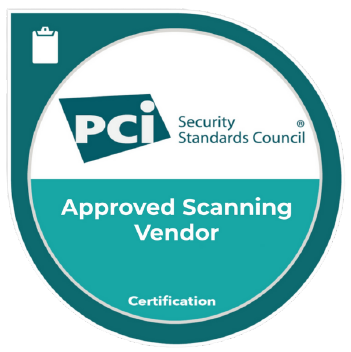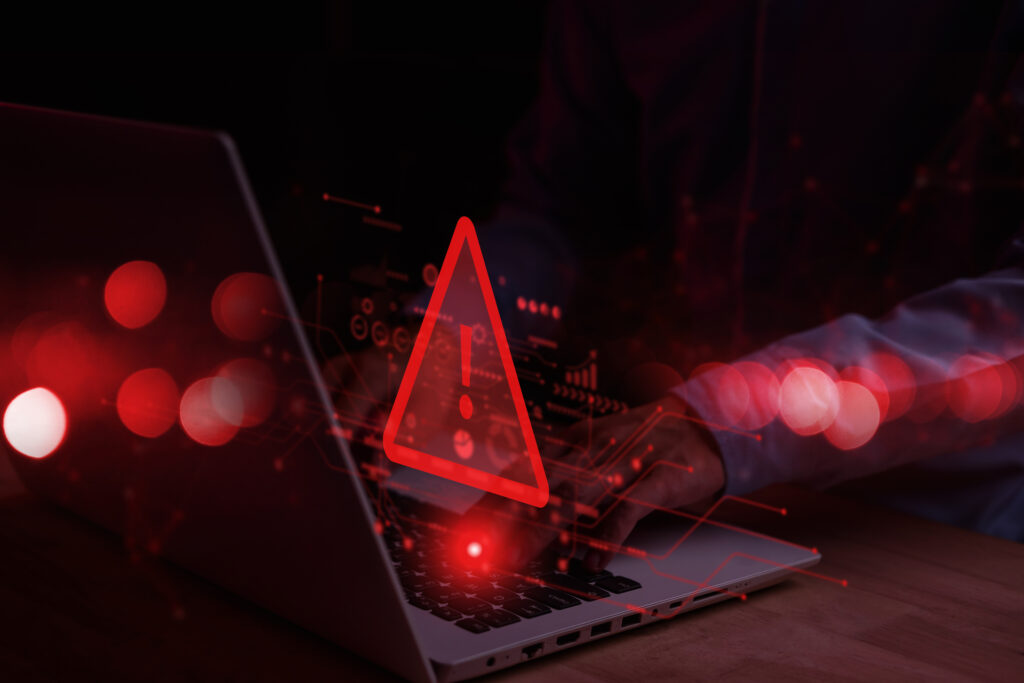
Do you wish you could clone yourself? The CISO’s job is extremely dynamic and at times overwhelming. Between board meetings, steering committees, executive briefings, and change control boards (CAB), the CISO’s calendar is often consumed by high-stakes discussions. Yet, those meetings represent just a fraction of the responsibilities under the CISO’s purview. Behind the scenes of strategy development lies a demanding list of operational, tactical, and compliance-driven tasks that must be addressed with urgency and precision.
Today’s Chief Information Security Officer is more than a technologist. They are a strategist, a crisis manager, a policy architect, a business enabler, and a steward of trust. The modern CISO’s dilemma is not about capability, it’s about capacity. With limited time and expanding responsibilities, CISOs must constantly prioritizing between what’s critical and what’s consequential.
1. Governance Program Development or Restructuring
A security program without governance is like a ship without a rudder. Whether creating a new governance framework or restructuring a legacy one, CISOs must define policies, establish accountability, and ensure alignment with enterprise goals. But this foundational work is often overshadowed by more urgent fire drills, despite being essential for long-term success.
2. Compliance and Audit Preparation
From NIST and ISO frameworks to HIPAA, PCI DSS, and state privacy laws, internal and mandated compliance is non-negotiable. CISOs must prepare for internal audits, manage third-party assessments, and respond to regulatory inquiries—all while maintaining daily operational integrity. Compliance is a moving target, and keeping up with it demands continuous attention.
3. KPI and KRI Development
To communicate value and risk effectively, CISOs need solid Key Performance Indicators (KPI)s and Key Risk Indicators (KRI)s. Developing meaningful metrics requires more than just dashboards—it demands collaboration with business units, clarity in definitions, and consistency in data sources. These indicators translate cyber risk into business language but are often deprioritized due to competing demands.
4. Policy Creation, Review, and Maintenance
Cybersecurity policies guide behavior, set expectations, and support enforcement. Yet with constant regulatory updates and evolving business models, these documents require frequent reviews. From acceptable use to AI governance, the policy lifecycle is a continuous responsibility that rarely gets the time it needs.
5. Tactical and Strategic Road mapping
A CISO must look both five weeks and five years ahead. Road mapping involves aligning cybersecurity priorities with business objectives, budget planning, and board-level reporting. Tactical roadmaps keep operations efficient; strategic ones future-proof the organization. Balancing both is a delicate and time-intensive task.
6. Incident Response Program Development & Tabletop Exercises
Designing and operationalizing an incident response program requires cross-functional coordination and continuous refinement. Tabletop exercises test muscle memory and reveal gaps, but planning and executing these simulations take time and participation from key stakeholders, many of whom are also time-constrained.
7. Risk and Cybersecurity Gap Assessments
NIST SP 800-30 or ISO 27005-based risk assessments and cybersecurity gap analyses are essential to understanding exposure and driving prioritization. These assessments require interviews, control reviews, and documentation deep-dives, none of which happen quickly or easily.
8. Data Identification, Classification, and Flow Mapping
Data governance is a cornerstone of security and privacy. CISOs are responsible for identifying where sensitive data resides, classifying it appropriately, and mapping its movement across systems and third parties. This effort is foundational to protecting confidentiality and ensuring compliance, but requires ongoing collaboration with business units and IT. Considering a Data Security Posture Management Solution (DSPM) is paramount to the success of this initiative.
9. Business Continuity and Disaster Recovery Planning
Disaster recovery and business continuity are not just IT exercises, they’re strategic necessities. The CISO must help architect, test, and refine plans that ensure the business can operate during crises. This includes scenario planning, recovery time objectives (RTOs), and recovery point objectives (RPOs), all of which take time and precision.
10. Third-Party Risk Management
As supply chain threats rise, managing vendor risk has become mission critical. CISOs must assess, onboard, monitor, and reassess third parties, ensuring they meet security expectations. This includes contract reviews, questionnaires, and incident response planning, all while under growing scrutiny from regulators and boards.
11. M&A Cybersecurity Due Diligence
Mergers and acquisitions introduce significant risk. CISOs play a central role in evaluating the security posture of acquired entities, identifying inherited risks, and advising on integration strategies. These engagements are high-pressure, time-sensitive, and often confidential.
12. Awareness Training & Simulation Testing Programs
Human error remains one of the top causes of security breaches. CISOs must ensure awareness training is not only compliant but engaging and measurable. Simulated phishing campaigns, targeted micro-trainings, and behavioral analytics all fall under this umbrella, but require time, tools, and creativity.
13. Privacy Act Readiness
Privacy regulations are no longer theoretical. From California’s CPRA to Virginia, Colorado, and a growing list of U.S. states, data privacy laws are becoming a reality for every organization. The lack of a federal mandate only adds complexity. CISOs must prepare systems and policies for consent management, data subject access rights, breach notification, and data minimization, before enforcement becomes a reality.
Conclusion: A Call for Support, Not Just Strategy
The modern CISO operates at the intersection of risk, regulation, and resilience. But the breadth of responsibility often exceeds the capacity of even the most experienced leader. The solution is not simply to work harder, but to build stronger teams, secure executive sponsorship, and leverage expert partners where needed.
That’s where AccessIT Group’s seasoned and certified virtual CISOs (vCISOs) provide immediate value. Our vCISOs bring deep experience, cross-industry insight, and trusted advisory capabilities to support your organization’s cybersecurity leadership, whether you need strategic governance, compliance oversight, incident readiness, or support for critical initiatives like M&A due diligence, risk assessments, or privacy program development.
CISOs need more than just strategy, they need support. With AccessIT Group’s CISO Assist services, organizations can scale their cybersecurity leadership, reduce risk, and move from reactive firefighting to proactive resilience, securing not just today’s operations, but tomorrow’s growth.
By: Brett Price – Lead Cybersecurity Consultant and vCISO – C|CISO, CISSP, CISM, CISA






